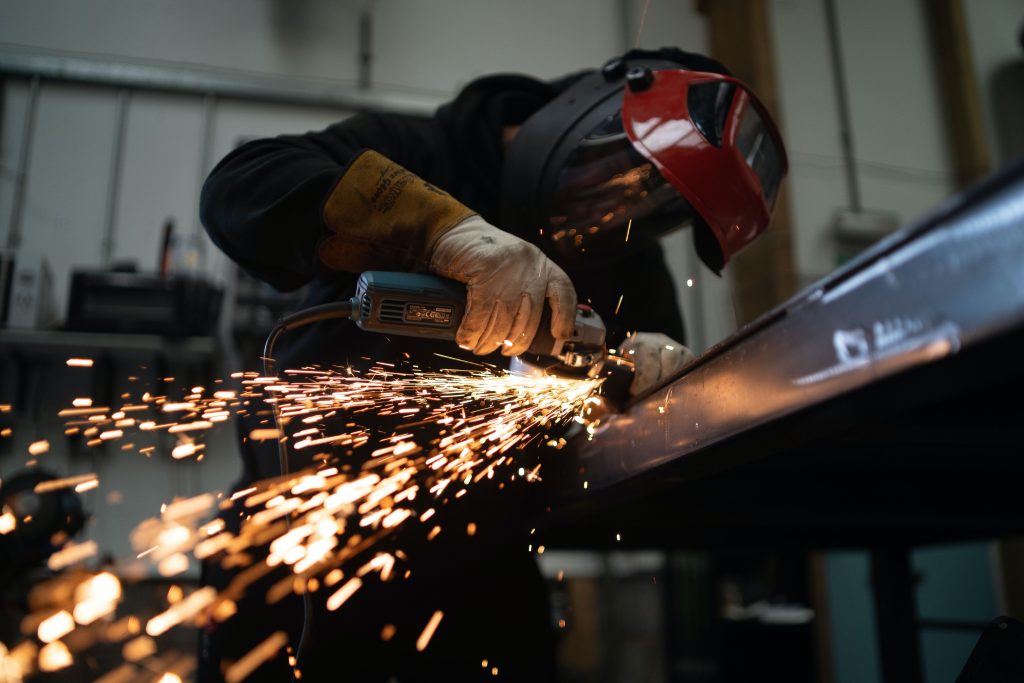Economy

ISM: Manufacturing sector contracted in April
Written by Brett Linton
May 1, 2024
US manufacturing activity contracted in April, according to the latest report from the Institute for Supply Management (ISM). The Index had briefly showed expansion in March, but has indicated a contracting manufacturing sector for 17 of the last 18 months.
The ISM Manufacturing PMI fell to 49.2% in April, down 1.1 percentage points from March’s 18-month high. A reading above 50 indicates the manufacturing economy is growing, while a reading below 50 indicates contraction.
However, ISM said the overall economy expanded for the 48th straight month in April after one month of contraction in April 2020. The institute noted that a Manufacturing PMI above 42.5%, over a period of time, usually indicates the overall economy is expanding.
“Demand remains at the early stages of recovery, with continuing signs of improving conditions,” ISM chair Timothy R. Fiore said in a statement. “Production execution continued to expand in March, but at a slower rate of growth than in prior months. Suppliers continue to have capacity but work to improve lead times, due to their raw material supply chain disruptions.”
Of the 16 manufacturing industries tracked, ISM said nine reported growth in April while seven reported contraction. Fabricated metal products was identified as an industry in contraction.
Steel market comments
The report includes comments from survey respondents. A fabricated metal products executive expressed easing business conditions, commenting, “Business is slowing down — it has been a gradual decline for the last several months. We are not seeing new orders at last year’s level, or at this year’s budgeted levels.”
Another primary metals respondent reported steady conditions, remarking, “Business is stable, and orders have been consistent. We’re quoting new business for the factory, and automotive builds continue at averages but not near maximum outputs. Workforce is stable, with the turnover ratio dropping considerably. Salaries and hourly rates increasing to meet inflationary pressures.”

Brett Linton
Read more from Brett LintonLatest in Economy

Architecture billings continue to slide in March
Architecture firms said billings continued to decline in March, according to the latest Architecture Billings Index (ABI) released by the American Institute of Architects (AIA) and Deltek.

Beige Book shows concerns about trade policy
Manufacturing was mixed, but two-thirds of districts said activity was little changed or had declined.

New York state manufacturing index drops again in April
Firms were pessimistic, with the future general business conditions index falling to its second lowest reading in the more than 20-year history of the survey

Construction adds 13,000 jobs in March
The construction sector added 13,000 jobs, seasonally adjusted, in March, but tariffs could undermine the industry.

Supply chains, end-users brace for impact from tariffs
Supply chains are working through what the tariffs mean for them
